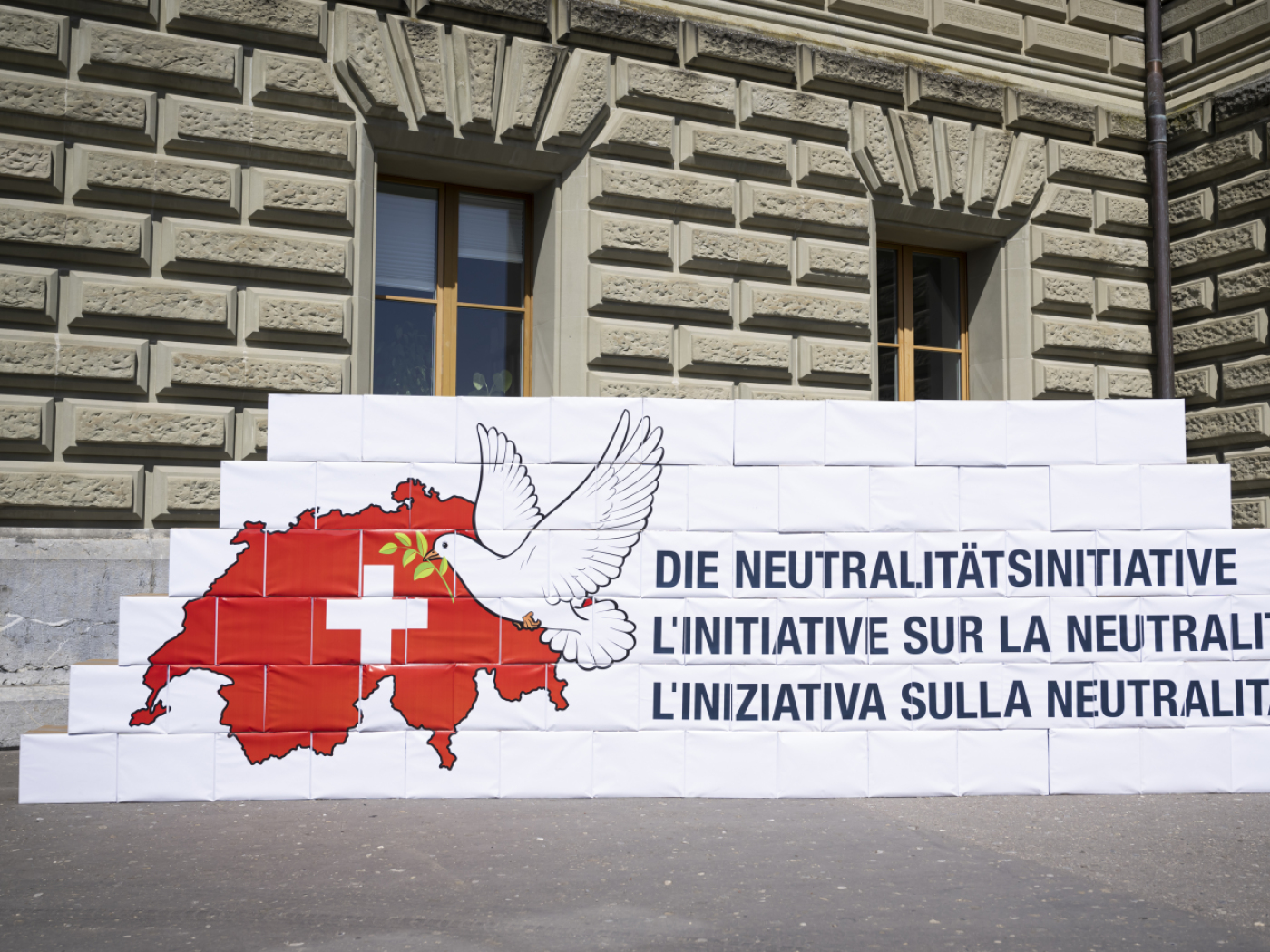
Switzerland’s battle of the bees
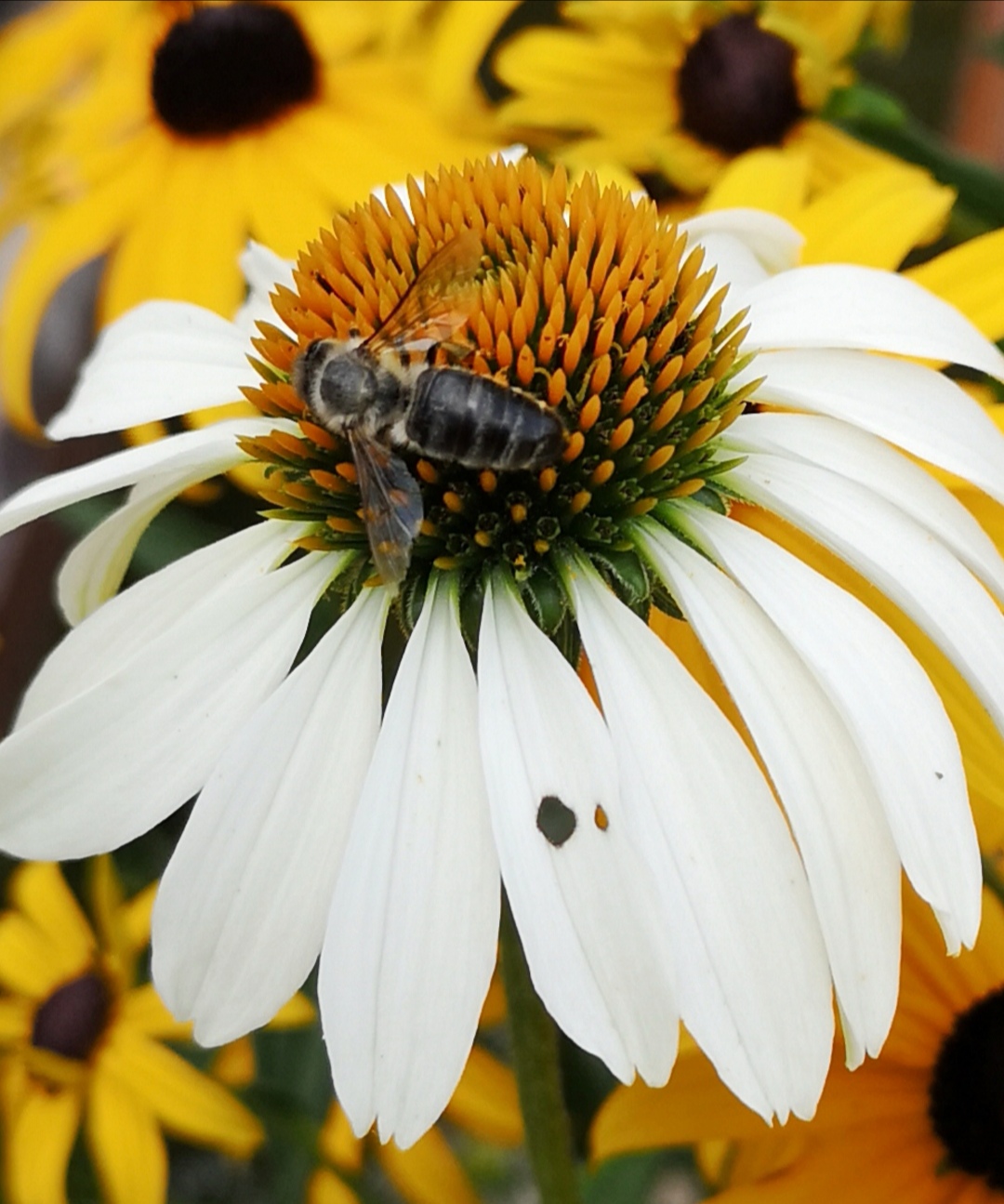
The risk to bees through pesticides and the ensuing effects on the world’s food crops have been the source of much debate. But do Swiss measures to support the domestic honeybee disadvantage the equally important wild bee?
Albert Einstein is sometimes credited with saying: “If the bee disappeared from the surface of the earth, man would only have four years to live”. The famed physicist (and one-time Swiss resident) probably never said those words.
Nonetheless the quote serves a purpose when trying to raise awareness of the broader issue of biodiversity loss. Around 70% of crops – fruits, vegetables, oilseeds, spices, coffee and cocoa – depend completely or almost completely on animal pollination.
Domestic bees have received much attention since it became clear that they are threatened by our use of pesticides. Such enthusiastic support from the media, politicians and the public means that Switzerland’s honeybee population is currently very healthy, experts say.
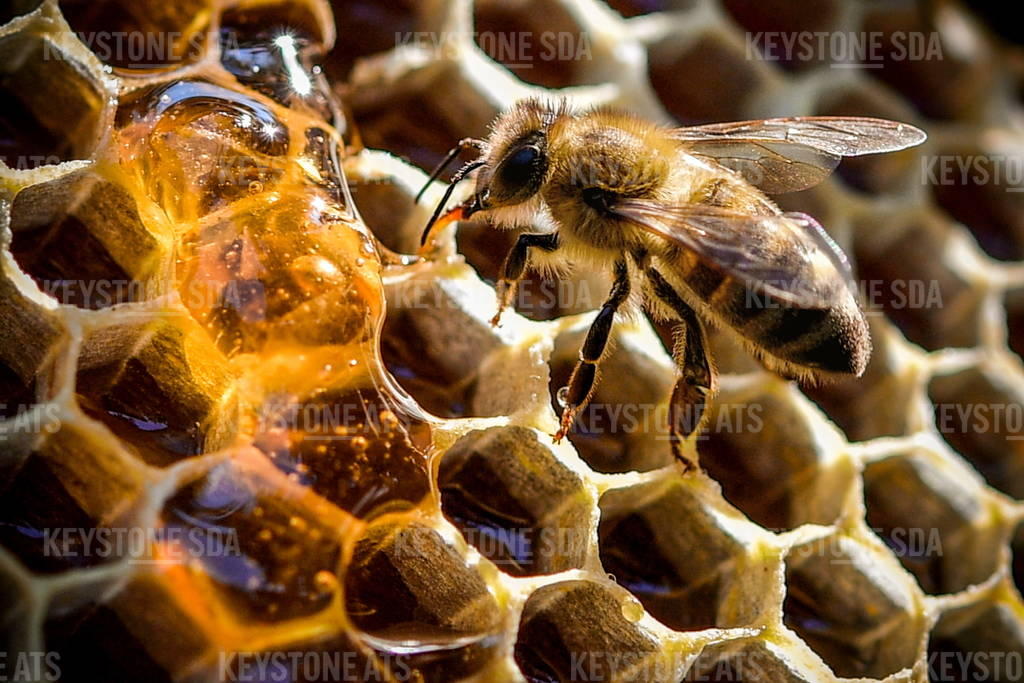
More
Mites and insecticides prove killer combo for honey bees
City folk are now installing domestic hives in their back gardens, or on their balconies or rooftops.
You can also sponsor a hive in the country, which is “means of keeping bees without keeping them”, said Francis Saucy, president of the French-speaking Swiss Apiculture SocietyExternal link.
Healthy population
“The country has more than 200,000 hives. With 20,000 to 80,000 individuals per hive, it could well be Switzerland’s most abundant insect in terms of biomass [living biological organisms],” explained Christophe Praz, from the University of Neuchâtel’s Evolutionary Entomology Laboratory.
Despite a lack of hard data for comparison purposes, some experts believe that Switzerland could have the highest density of domestic bees in Europe.
Part of this is down to the fact that even when the weather bad, as has been the case this spring, beekeepers continue to feed their charges with sugar water.
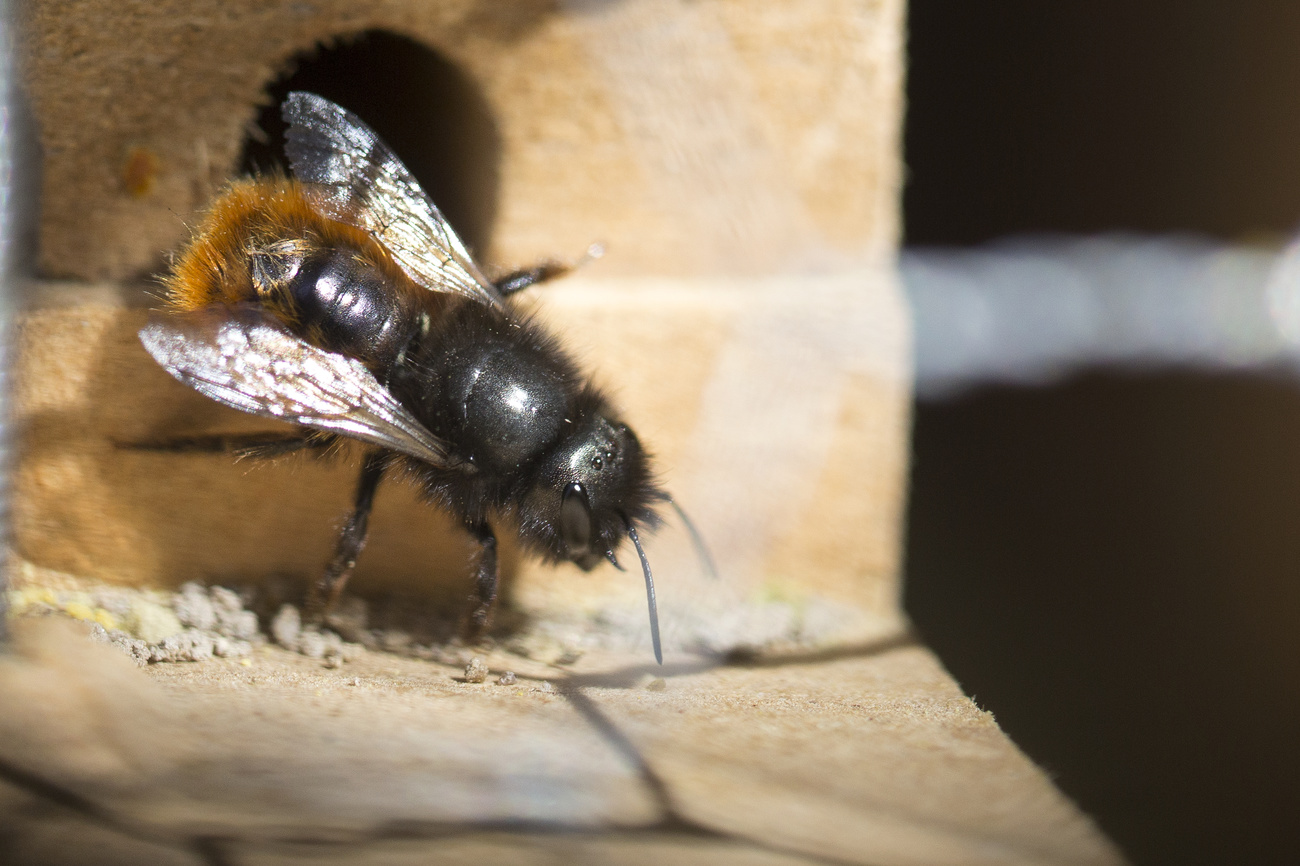
615 wild bees types
But what about wild bees, the great unknowns of wild pollination? In addition to European honeybees (apis mellifera), the world is home to nearly 16,000 species of wild bees, including 615 in Switzerland.
“We do not have the faintest idea [how many individuals there are], because we’ve only been studying them for about 15 years,” said Max Huber, an amateur bee specialist and founder of Urbanwildbees, which campaigns to raise awareness of the importance of wild bees.
Unlike their domestic cousins, wild bees do not make honey, generally do not sting, live mostly solitary lives and lay their eggs (there is no queen) in the ground, in dead wood, or among vegetable roots. And while domestic bees can fly up to 5 kilometres from the hive in search of food, wild bees never travel further than 300 to 500 metres from the nest.
Unlike wild bees, honeybees are important to commercial production. Yet few of the 500,000 farms in Switzerland keep hives, said Francis Saucy, president of the French-speaking Swiss Apiculture SocietyExternal link, “They don’t bring in any money”. This means the 20,000 bee farms in the country are generally run by amateurs. “Bees require an experienced hand,” Saucy said. His organisation offers training courses which have been highly popular.
In Geneva, Urbanwildbees, founded by Max Huber, is committed to protecting wild bees. The group sets up bee hotels in public gardens and encourages people to contribute in small ways. “[Wild bees] need food and shelter, you just have to leave dead wood out in the garden and have honey plants like heather, borage or rosemary, which in addition to being indigenous, also smell good,” said Huber.
Discrete but effective
Although the bumblebee is a familiar sight in gardens, most wild bees go unnoticed “or else people mistake them for wasps or flying ants”, said wild bee expert Praz.
But discrete as they are, they are nonetheless extremely effective.
“They have hair on their legs, bellies and thorax which enables them to collect pollen when it is dry, whereas honeybees have to use saliva to stick the pollen on. This wet pollen is not as easily transferred into the flowers,” Urbanwildbees’ Huber explained.
Wild bees are also less sensitive to temperature and wind and are happy to leave their nests in bad weather.
These attributes mean wild bees should pollinate as prolifically as domestic bees, but again, a lack of data means the theory cannot be proven.
An army against lone soldiers
But the limited radius of the wild bee’s activity means they are extremely dependent on their environment. A meadow disappearing under a slab of concrete means the bees will disappear with it. Wild bees are also particularly sensitive to the loss of biodiversity because they often look for food from just one plant species or flower family.
Add in competition from honeybees and “it’s like at a birthday party, the more people invited, the smaller the piece of cake for each person,” said Huber.
Saucy goes further: “A colony of domestic bees searching for food is like an army rushing into the field in tight formation.”
Praz said competition was generally not a problem in a meadow filled with flowers. “But in an intensive agriculture zone where there are few flowers and none from June, adding hives to small areas which still have a lot of flowers is a problem for all the pollinators,” he clarified. This includes wild bees.
This competition among the species is the reason why German-speaking cantons have banned domestic hives close to nature reserves.
Greenwashing
There is also a problem in the cities. According to Huber, studies conducted in Paris have demonstrated that the explosion of urban hives over the past 15 years have led to a net decline in the wild bee population.
“You are not going to save the planet by putting a hive on the balcony. Domestic bees do have problems because of pesticides, but contrary to popular belief, they are not endangered,” he said.
Praz is not particularly concerned about the future of pollination in general.
“We have more than enough domestic bees in Switzerland. Sponsoring a hive or putting one on the balcony is a bit of greenwashing [green PR]. But it is imperative that we protect the flowers, whether it is in the country or the city.”

In compliance with the JTI standards
More: SWI swissinfo.ch certified by the Journalism Trust Initiative
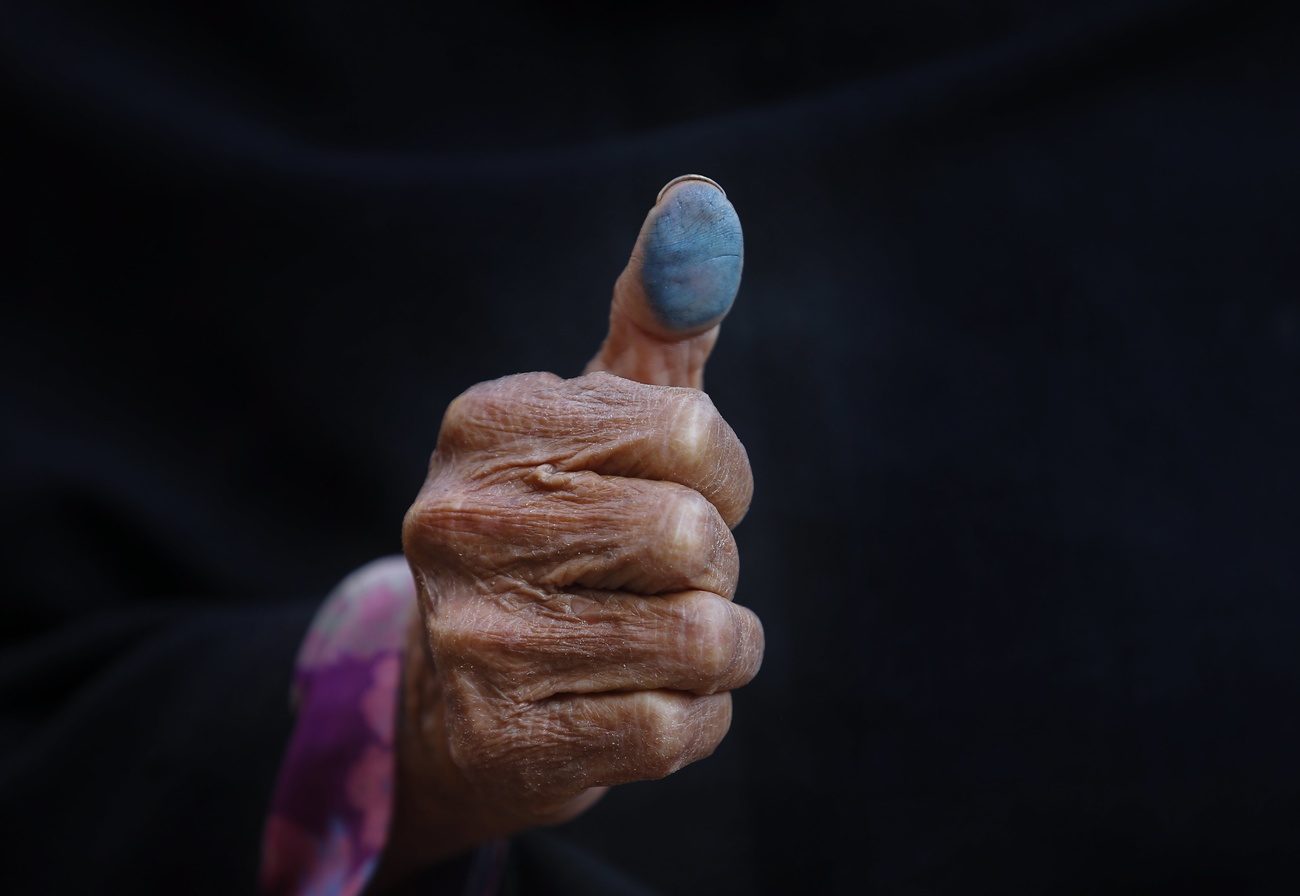









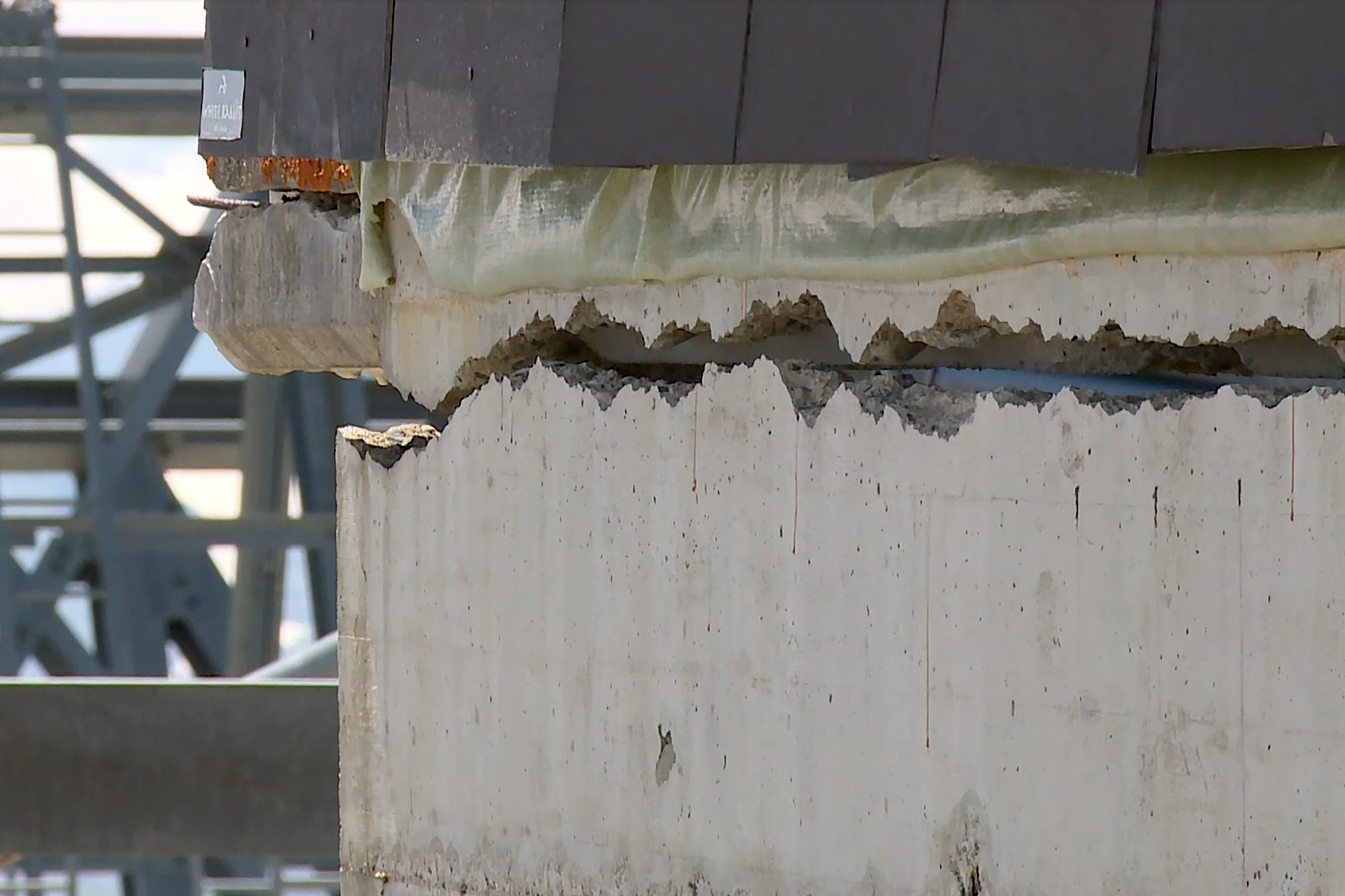

























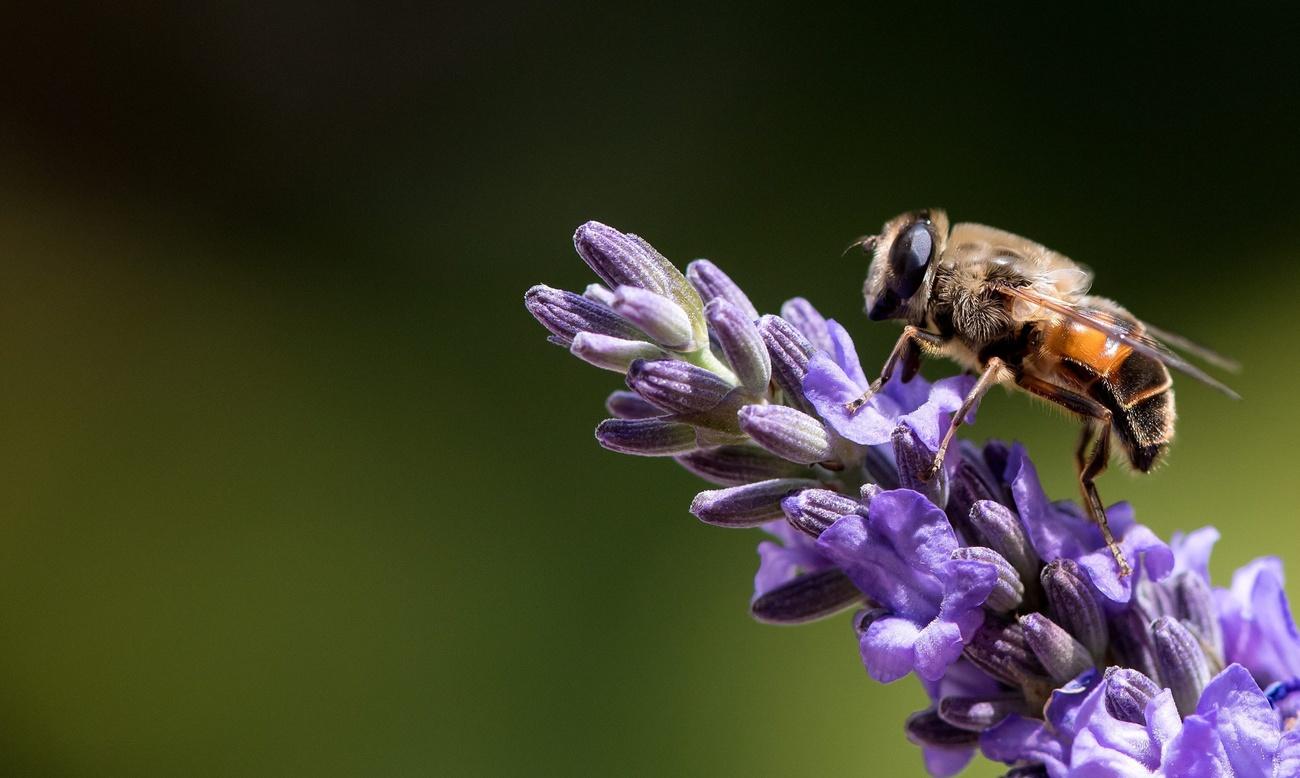
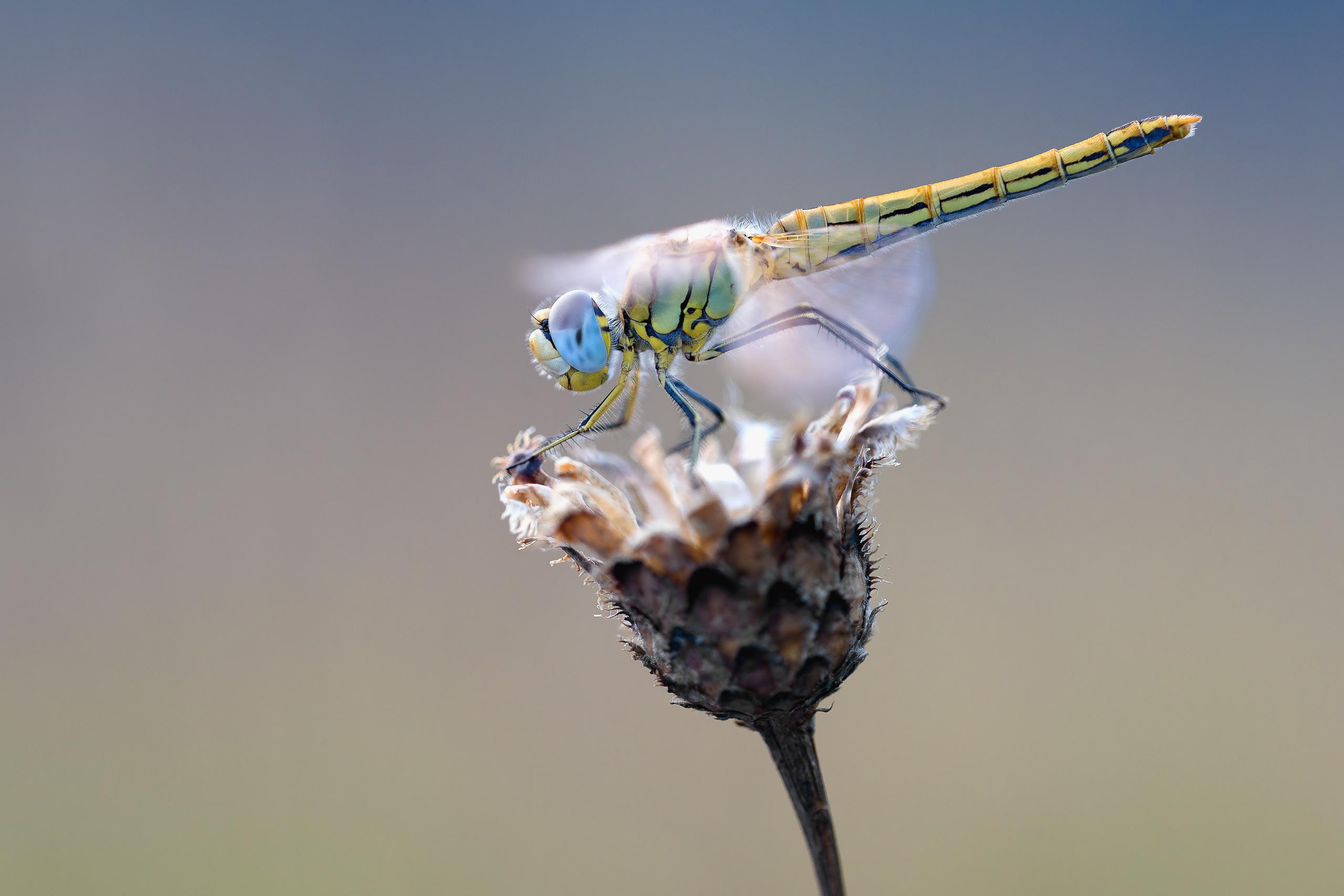


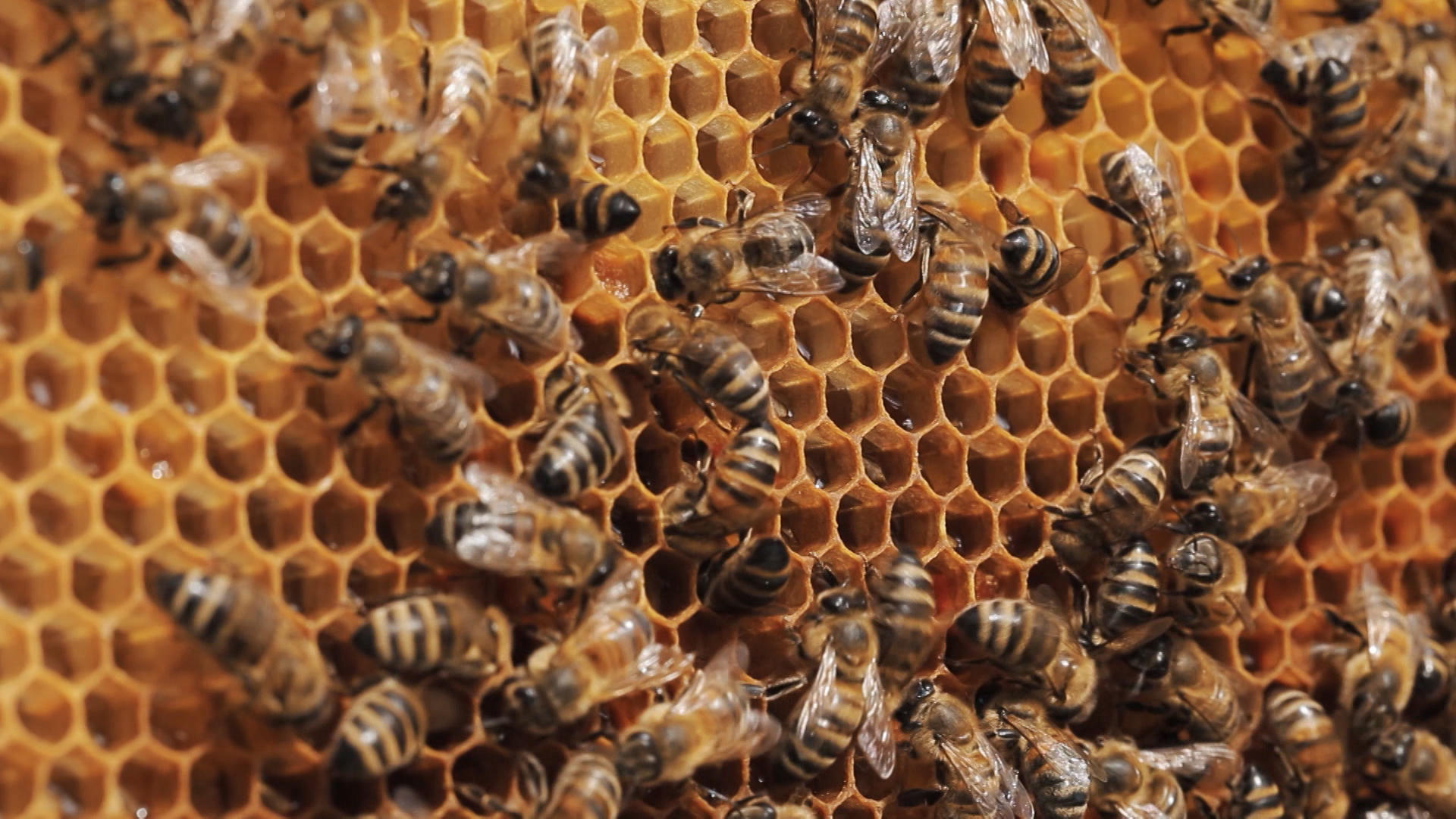
You can find an overview of ongoing debates with our journalists here . Please join us!
If you want to start a conversation about a topic raised in this article or want to report factual errors, email us at english@swissinfo.ch.